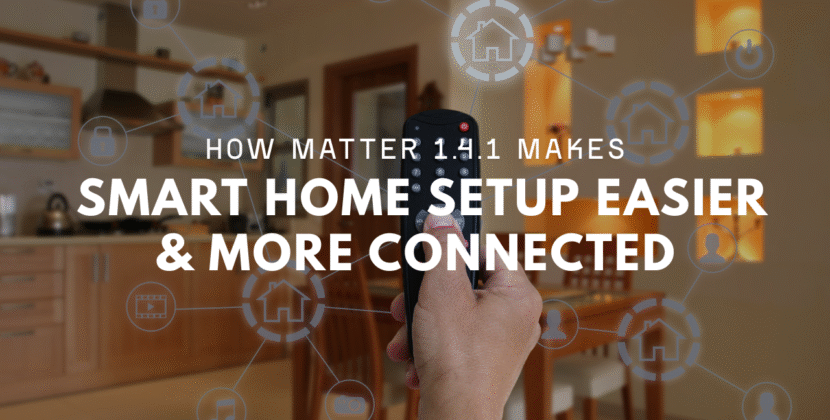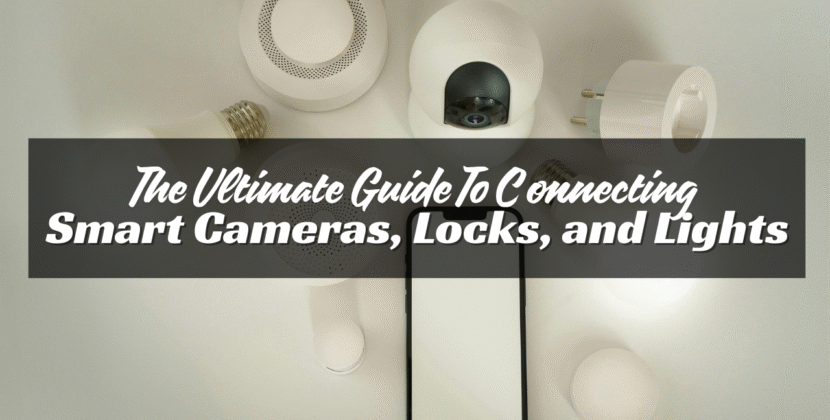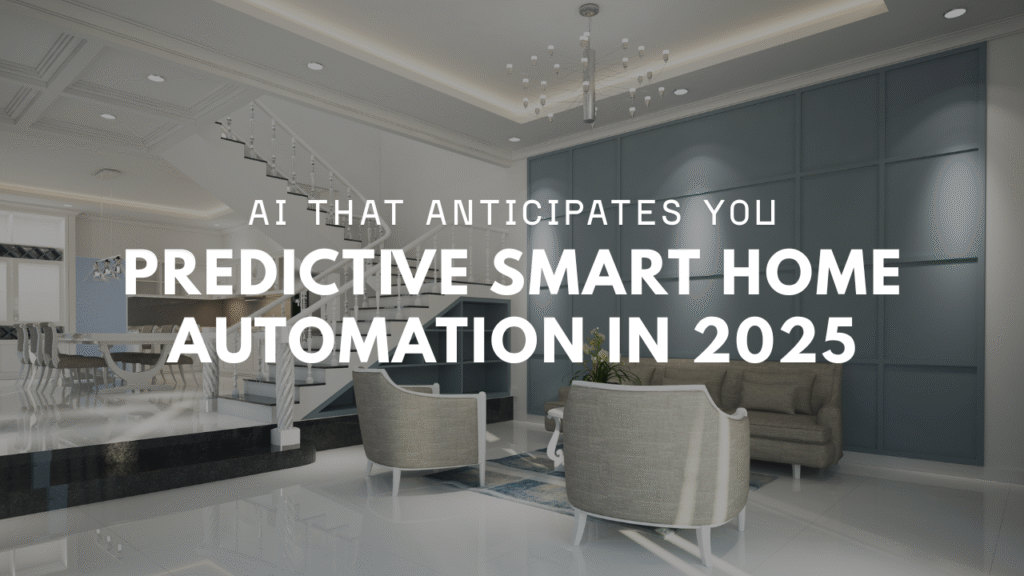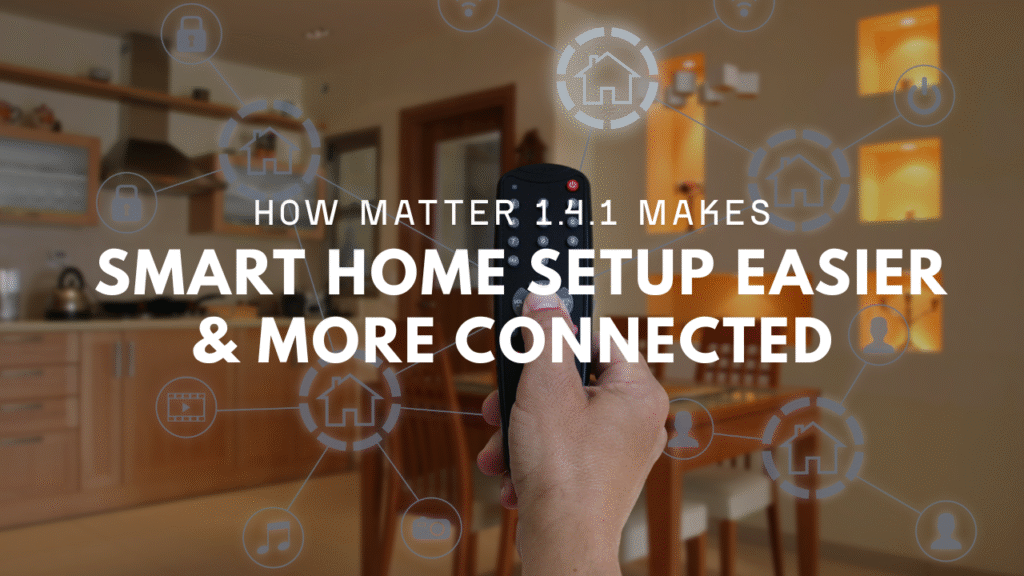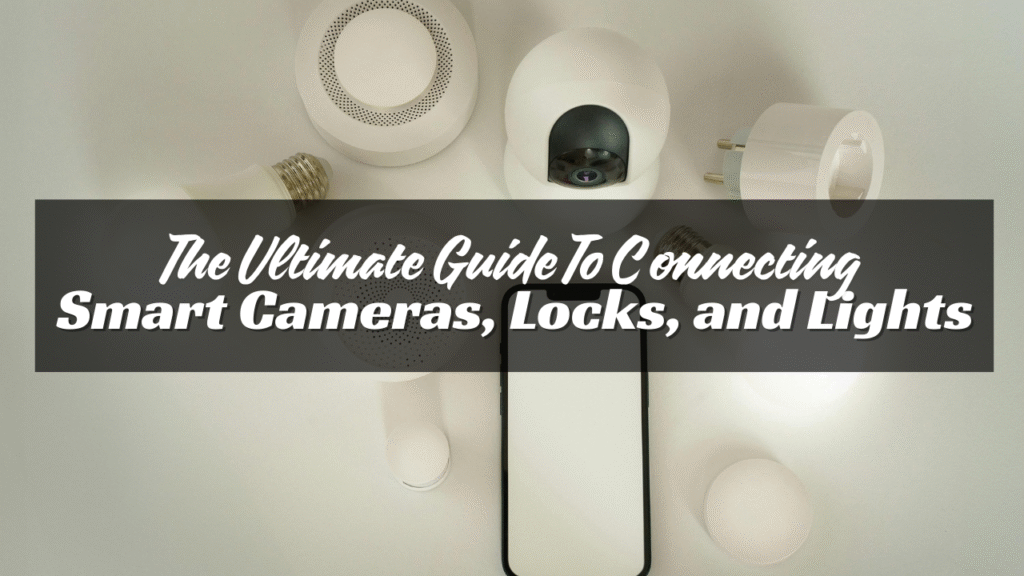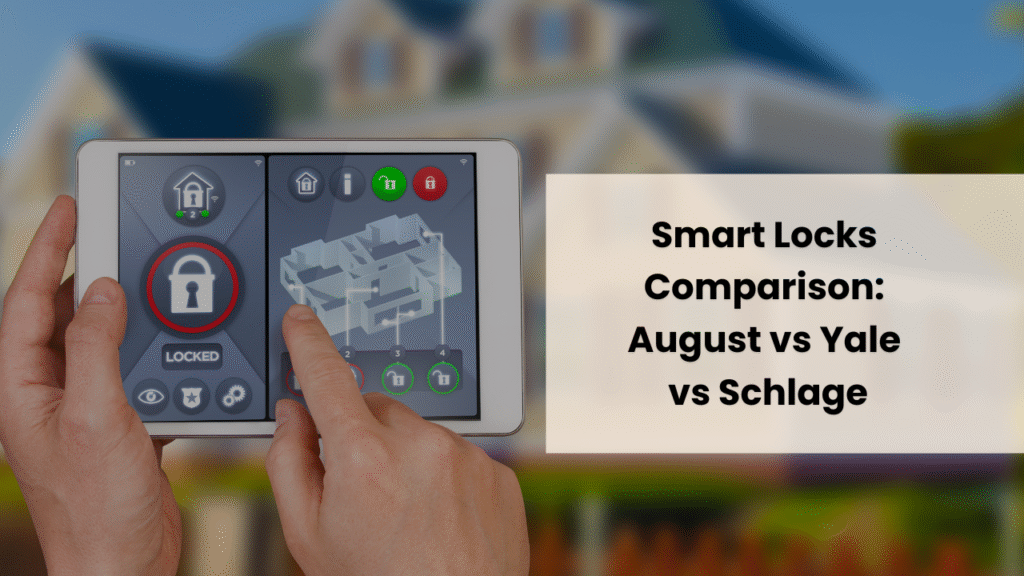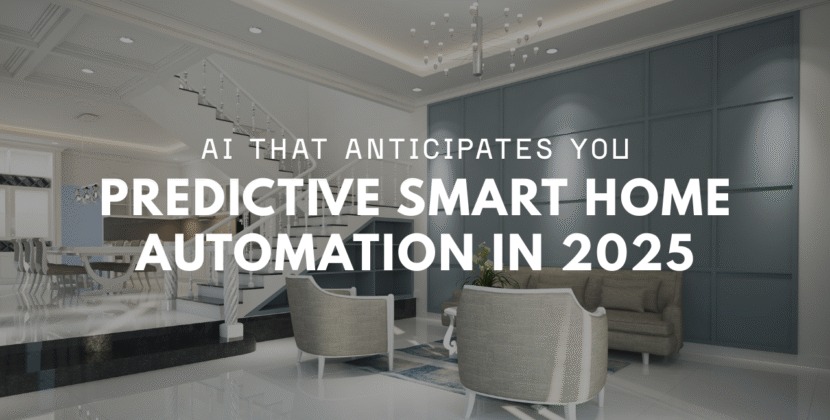
Office security is not just about locks and alarms anymore. Cameras play a big role now. Smart surveillance helps keep your team safe, stops theft, and keeps an eye on everything, day and night. But before you put up cameras, you need to plan. You can’t just buy a few and stick them on the wall. This guide will help you do it right.
Understand Your Goals
Start by asking: What do you want to protect?
- People?
- Equipment?
- Entry points?
- Storage rooms?
Make a list of high-risk areas. This helps you place cameras in the right spots. It also keeps costs down by avoiding extra gear.
Know the Law
Privacy matters. Some areas should never have cameras.
You can monitor:
- Entrances and exits
- Parking areas
- Reception desks
- Storage rooms
- Hallways
You should not monitor:
- Restrooms
- Break rooms (in most cases)
- Personal office spaces (without reason)
Tell your staff that cameras are being used. In many places, it’s the law. Use signs to let visitors know, too.
Choose the Right Type of Smart Cameras
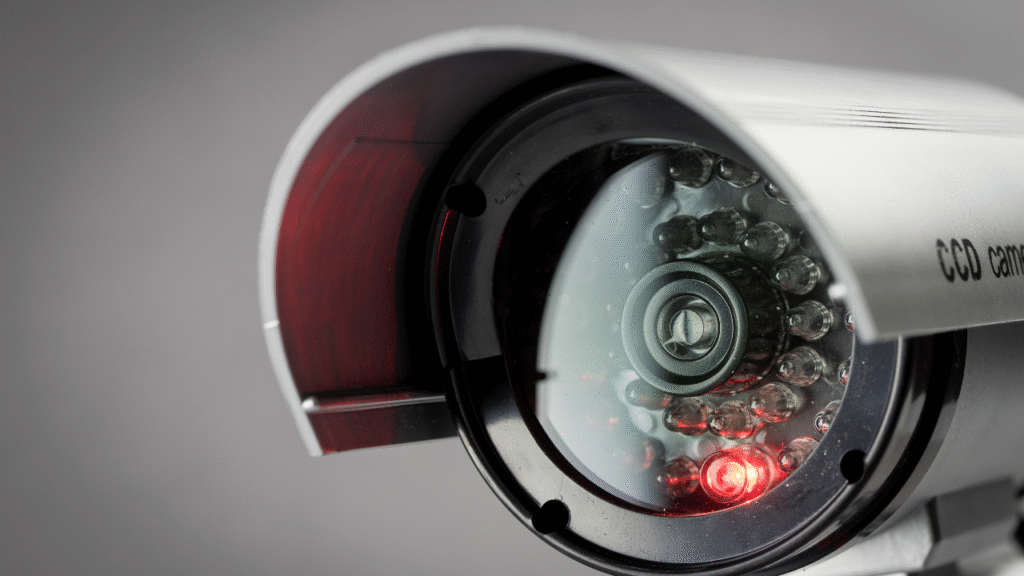
There are many kinds of cameras. Each one works best in certain places.
1. Indoor Smart Cameras
Used inside the building. Place them where people walk or work.
- Small and easy to hide
- Usually plug into power
- Many support Wi-Fi
2. Outdoor Smart Cameras
Used outside, near doors or in parking lots.
- Weatherproof
- Stronger casing
- Often wired for power
3. PTZ Cameras (Pan-Tilt-Zoom)
These move and zoom in. Good for wide spaces.
- Covers large areas
- Controlled by app or software
- Cost more than fixed cameras
4. Dome Cameras
These have a round cover. People can’t tell where they point.
- Good for indoor use
- Tamper-resistant
- Look clean and professional
Key Features to Look For
When shopping for cameras, check for these:
- HD Video (at least 1080p)
- Night Vision (infrared or color night mode)
- Motion Alerts (sends a notice to your phone)
- Cloud Storage or SD Card
- Remote Access via App
- Two-Way Audio (if you want to speak through the camera)
Some models offer AI features like person detection or face recognition. These help reduce false alarms.
Pick a Storage Option
You need a place to keep your video clips.
1. Cloud Storage
Saves footage online. You can watch it from anywhere.
- Easy to use
- Often has a monthly fee
- Needs strong internet
2. Local Storage
Saves footage on SD cards, hard drives, or network recorders.
- No monthly cost
- You keep control
- Risk of losing footage if damaged
Some systems offer both. Choose what fits your budget and needs.
Plan Smart Camera Placement
Smart placement gives better coverage with fewer devices.
Here are common office spots to monitor:
- Main Door – Watch who enters and leaves
- Reception Area – Keep track of guests and deliveries
- Work Area – Protect equipment and watch activity
- Server Room – Prevent access to data systems
- Back Door / Emergency Exit – Often missed, but key for security
- Parking Lot – Track cars and outside movement
Avoid pointing cameras at screens, desks, or places where private info may be shown.
Power and Network Needs

Cameras need power. Some use batteries, but wired ones are more stable.
You have three options:
- Plug-in Cameras – Easy to install if an outlet is nearby
- PoE Cameras – Use one cable for power and internet
- Battery-Powered – Flexible, but need charging
For network:
- Use a strong Wi-Fi signal or wired Ethernet
- Keep routers close to devices or use range extenders
- Secure your network with a strong password
Pick a Smart Monitoring System
You need a way to watch your footage. Most smart cameras use mobile apps or desktop software.
Look for apps that let you:
- View live feeds
- Rewind and watch recordings
- Save and share clips
- Get motion alerts
- Zoom in on footage
Many systems also work with Alexa, Google Assistant, or Siri. This lets you view cameras on voice-controlled screens.
Test Before Final Setup
Before drilling or sticking anything in place, test each camera.
- Check video quality
- Walk around to test motion alerts
- Try night vision
- See how far the camera sees
- Make sure Wi-Fi signal is strong
This saves time and effort. You’ll know the camera works where you want it.
Keep It Secure
Smart systems can be hacked if you don’t protect them.
Follow these tips:
- Change default usernames and passwords
- Use two-step logins
- Keep apps and firmware updated
- Only give access to trusted users
- Use a secure Wi-Fi network
Review logs to see who accessed what. Some apps show when cameras were viewed or settings changed.
Inform Your Team
Don’t install cameras in secret. Be open about why and how you use them.
- Share your goals (safety, not spying)
- Tell people where cameras are placed
- Offer a way to ask questions
This builds trust. People feel safer when they know what’s being done—and why.
Consider Costs
Costs can vary based on system size.
Here’s a rough guide:
| Item | Cost Range (USD) |
| Basic Indoor Camera | $30–$100 |
| Outdoor Camera | $80–$200 |
| PTZ Camera | $150–$400 |
| Video Doorbell | $90–$250 |
| Cloud Storage Plans | $3–$15/month |
| Local NVR/DVR | $150–$500 |
Set a budget. Then match devices to your must-have features.
Final Check
Before finishing:
- Are all cameras working?
- Can you see the key areas?
- Is your footage saved?
- Are alerts coming to your phone?
- Is your system protected?
Fix any gaps. Test again.
Final Thoughts
Smart surveillance helps protect your office without making things hard. Start by knowing what you need. Choose devices that match your goals. Place them wisely. Use strong passwords. And always tell your team. A safe office runs better. And you don’t need to overdo it. Smart security works best when it’s simple and clear.

